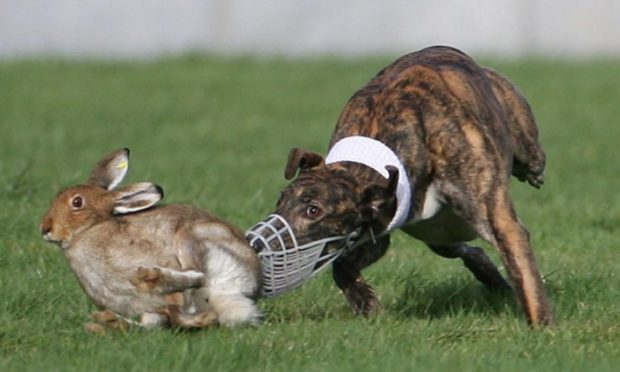Police have asked the public to be their “eyes and ears” as the north-east has experienced a rise in illegal hare coursing during the Covid-19 pandemic.
A significant drop in the amount of people visiting the countryside and reporting the crime during lockdown is thought to have resulted in an increase in the cruel sport.
Hare coursing is illegal under the Wildlife and Countryside Act 1981.
It tends to be carried out by individuals who link up with others from other parts of Scotland – with the north-east, Fife and East Lothian popular areas because of the type of the abundance of wide open countryside.
Those who take part in the activity will usually use lurchers, greyhounds, and whippet dogs to chase hares – often resulting in their death.
Between April and September 2020, Police Scotland recorded 203 wildlife crime offences compared to 111 in the same period in 2019/20 – an increase of more than 82%.
Scottish Liberal Democrat justice spokesperson Liam McArthur said: “It’s disappointing to hear that the number of incidents appears to be on the rise.
“I would urge the public to come forward and assist the police if they come across any evidence of hare coursing.
“The Scottish countryside and its wildlife should be preserved for everyone to enjoy, not ruthlessly exploited by a cruel few.”
However, Police Scotland also said detection rates had increased, rising to 55% in 2020 compared to 34% in the same six month period in 2019.
North-east wildlife officer, police constable Doug Darling, said: “Hare coursing is a cruel crime and is often carried out by groups of individuals, some of whom have links with others across Scotland.
“The public are our eyes and ears in the countryside and I would urge anyone to report anything suspicious to Police Scotland. Information such as vehicle registration numbers or mobile phone footage taken at a safe distance can be helpful in our inquiries.
“Those involved in hare coursing often arrive in a number of vehicles with dogs and then spread themselves out across open fields. They let the dog, or dogs, off towards a hare after holding the dogs’ head in the direction of the hare so it can see the quarry.
“If you come across evidence of potential hare coursing, such as vehicles gathering near open fields that are not owned by locals, or a dead hare, then please get in touch by calling 101.
“Police Scotland, in partnership with other agencies, takes wildlife crime seriously and I would encourage members of the public to report any incidents where wildlife crime is suspected.”
